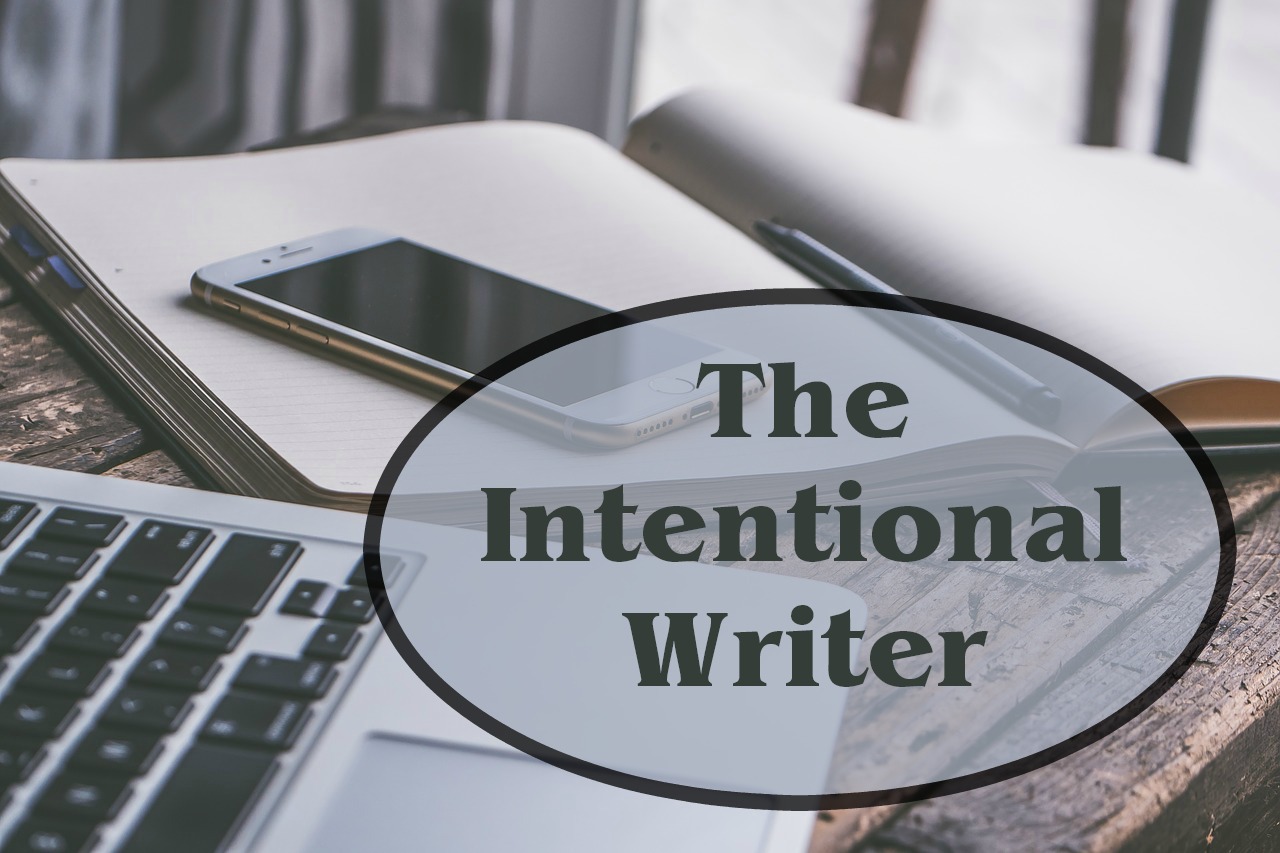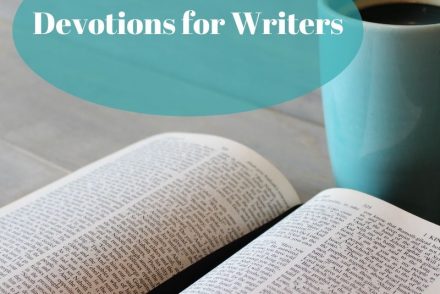When I sat down to write my first mystery, I knew I needed a guide. I’d written a few historical novel manuscripts, so I knew the basics of writing good scenes and solid plots. But every genre has their specific tropes and techniques. I wanted to know the particular aspects of a novel that mystery readers expected.
For guidance, I turned to Writing and Selling Your Mystery Novel by the bestselling mystery writer Hallie Ephron (sister to Nora, Delia, and Amy Ephron). With this book as my guide, I was able to write an award-winning mystery on my very first try. It might be a great resource for you, too.
How I created a mystery series from scratch
This comprehensive book provided me with the roadmap I needed to write a great mystery novel, and also helped me set the foundation for a series. Looking back, I see how I would have struggled to create a satisfying mystery plot if I hadn’t used this book to guide me during the planning stage. Here are some tidbits specific to crafting a mystery that I helped me develop a stronger plot:
“How many suspects do you need? At least two (plus the true villain) will keep the reader guessing. More than five and it feels like a parlor game.”
“Minor characters who are part of the wallpaper for the first twenty-eight chapters can’t be promoted to villain status at the end just to surprise the reader.”
“Hidden secrets are what propel a mystery novel forward. Everyone has them—the victim, innocent suspects, and the villain. The revelation of a secret sends the murder investigation in a new direction.”
“When you pick a profession for your protagonist, keep in mind that the less likely your sleuth is to trip over a dead body, the more you’ll have to work to establish a believable reason for him to investigate the murder.”
Since my novels are set in the New Testament era, I couldn’t take the easy route and make my sleuth a police officer or a lawyer. But the concept made me aware that I had to work extra hard to create believable scenarios that compel my sleuth to investigate murders.
Creating an awesome sleuth
In addition to advice on plotting, the book is filled with great information on developing complex, believable characters. The author provides questions and charts that help a writer consider character building from many angles—many of which could be just as helpful to writers of other genres.
Here are a few that intrigued me:
“Are there things your character has to do that he hates? A reporter who dreads making cold calls? A police officer who hates target practice? Contradictions make for interesting characters.”
“Characters who aren’t what they seem to be at first blush intrigue readers. … Create a disconnect between your character’s physical presence and true capabilities. Then mine the gap. Through plot and action, reveal who your character really is.”
“By understanding how the villain justifies the crime to himself and what events in his life triggered these crimes, you give yourself the material you need to get past a black-hatted caricature and paint your villain in shades of gray.”
Writing mysteries means characters under pressure
One of the sections I found particularly helpful focused on how characters behaved under duress. Due to the nature of a mystery novel, the main characters often find themselves in stressful situations. They will be lied to. They will be in danger. Or, they may be falsely accused or have their honesty questioned.
On top of that, a sleuth and her sidekick will be exposed to crimes. They will interact with others who have been injured, duped, or otherwise mistreated. Thus, both my sleuth and many of the people she interacts with are not behaving at their best.
Therefore, I appreciated the exercises that considered how my characters would react in hypothetical situations that would stress them. The book offers a series of questions that vary in intensity from getting a bad haircut to discovering their best friend has been embezzling.
As with many of the exercises in the book, the majority of the scenarios aren’t directly relevant to a story set in first century Rome. However, a writer can use the book’s questions as examples of the kinds of situations a character of any era or setting might find themselves in.
In summary
Writing and Selling Your Mystery Novel by Hallie Ephron is a valuable resource for a writer who wants to try writing in the mystery or suspense genres. It’s filled with helpful questions, exercises, and advice that will help you as you develop characters, plots, and crimes.
Even if you aren’t planning to write a mystery, give this book a read. It provides loads of good advice on writing an intriguing plot and developing complex, satisfying characters.
Final Note: I have the original edition of this book. I’m sure the newer revised and expanded edition is even better.
All quotes from Writing and Selling Your Mystery Novel by Hallie Ephron

Lisa E. Betz is an engineer-turned-mystery-writer, entertaining speaker, and unconventional soul. She inspires others to become their best selves, living with authenticity, and purpose, and she infuses her novels with unconventional characters who thrive on solving tricky problems. Her Livia Aemilia Mysteries have won several awards, including the Golden Scroll Novel of the Year (2021).
She and her husband reside outside Philadelphia, Pennsylvania, with Scallywag, their rambunctious cat—the inspiration for Nemesis, resident mischief maker in her novels. Lisa directs church dramas, hikes the beautiful Pennsylvania woods, eats too much chocolate, and experiments with ancient Roman recipes. Visit lisaebetz.com.


 We love helping your growing in your writing career.
We love helping your growing in your writing career.

No Comments